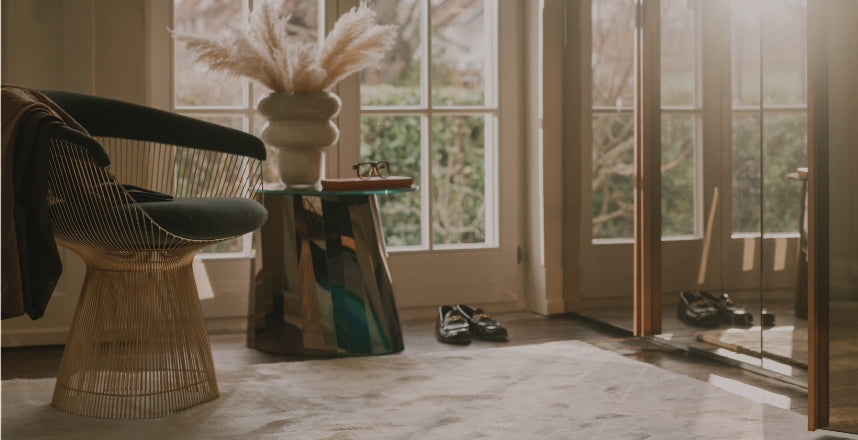“Every carpet tells a story – of the hands that weave it, the traditions that shape it, and the nature that inspires it.”
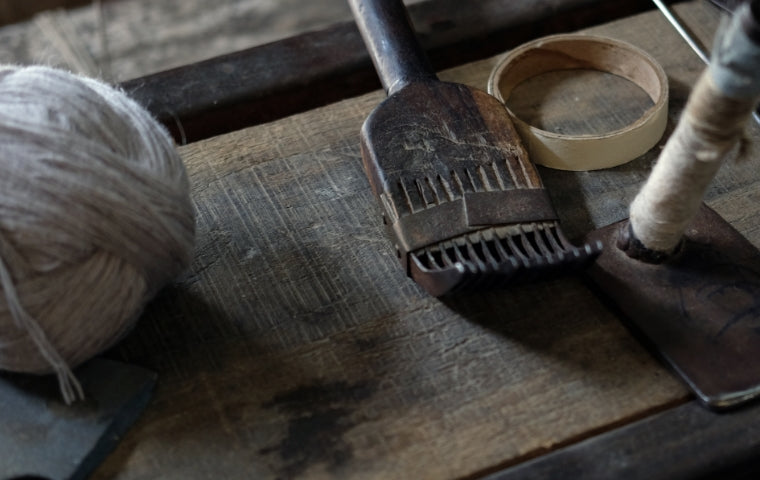
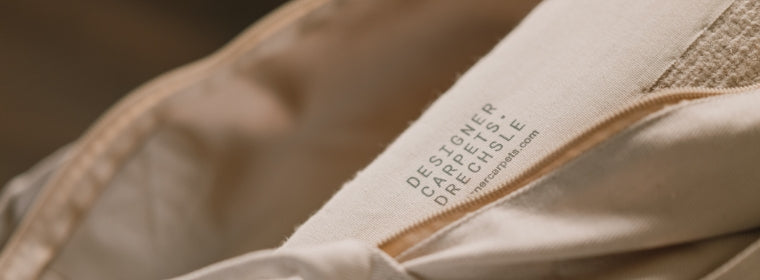
craftsmanship from Nepal
The main production facility of DESIGNERCARPETS DRECHSLE is located in Kathmandu, the capital of Nepal. "This special local style of carpet weaving requires a very traditional and meticulous manufacturing technique. The centuries-old expertise in traditional manufacturing techniques is uniquely combined with exclusive, high-quality materials and unparalleled flexibility in terms of colors, patterns, shapes, and dimensions," explains Drechsle. Additional production facilities are located in Morocco, Portugal, and India. The factories are all family-run businesses with a high level of social responsibility and socially acceptable standards.
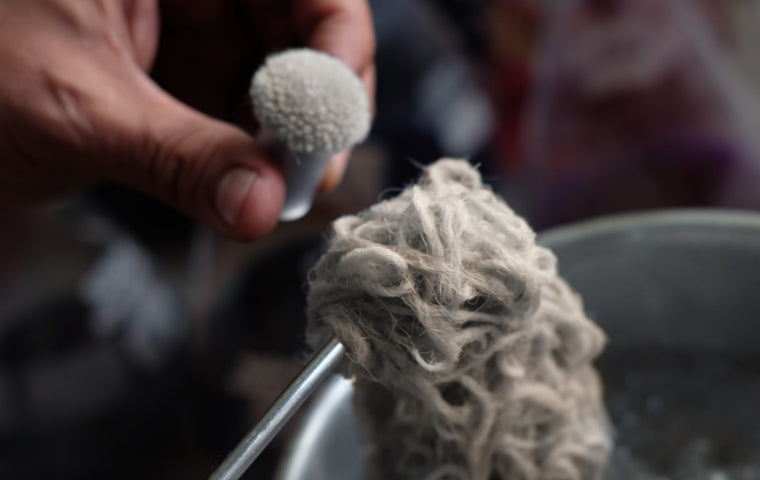
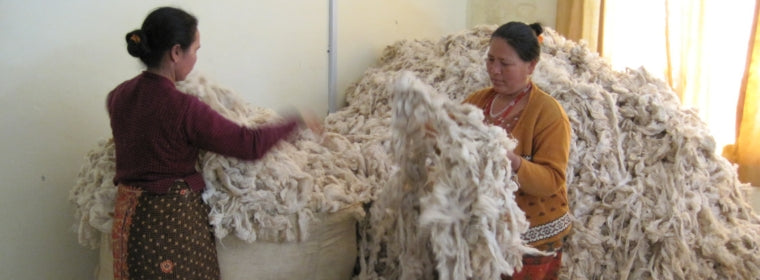
Fair values and transparent production
Designercarpets Drechsle stands for high-quality hand-made carpets. Each carpet is commissioned in joint development, without any mass production. Designercarpets Drechsle produces carpets and kilims for private individuals, hotels, public spaces, shipyards and individual projects in close cooperation with international designers and architectural firms. In addition, Designercarpets Drechsle has the official license for timeless carpet designs by Verner Panton, Gertrud Arndt/Bauhaus, Carmen Stallbaumer and many other international designers.
A handmade carpet requires numerous work steps that combine several professional fields into one product.
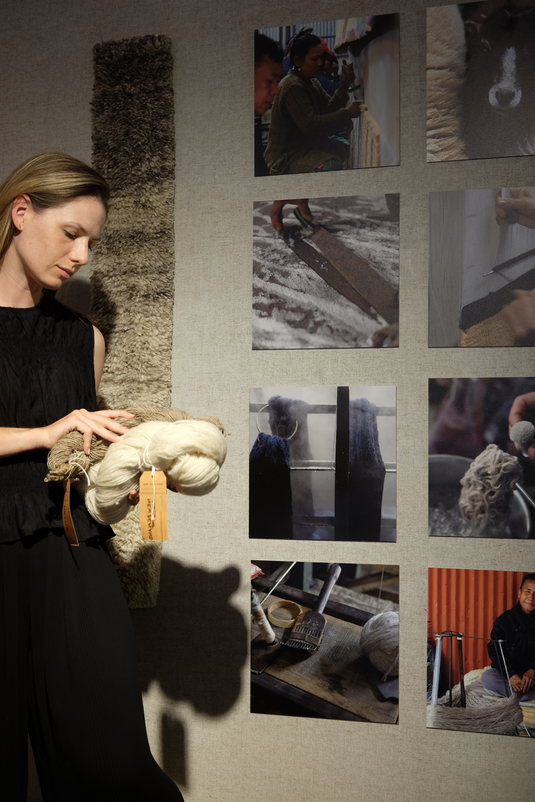
Design & Consulting
It all starts with the idea. Together, we develop a clearly defined design—from the shape and material selection to the precise specification of each individual color. The knot density and technique are also precisely determined so that the design can be translated into a digital representation and simulated for production with millimeter precision.
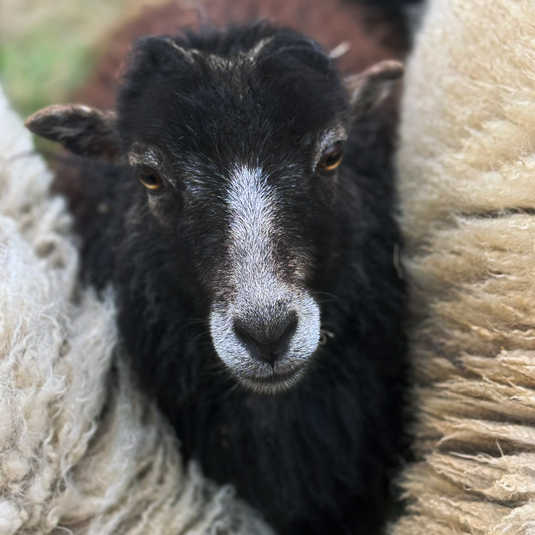
Raw material
Local yarns such as Himalayan wool, nettle, or hemp are spun by hand. Each yarn bears the traces of traditional craftsmanship and the quality of natural raw materials.

Dyeing and yarn blending
The master dyeer dyes each individual yarn. Depending on the design, over 100 colors are used for a single carpet. This precise process can take several weeks. A pre-created simulation allows the exact amount of raw yarn required to be dyed.
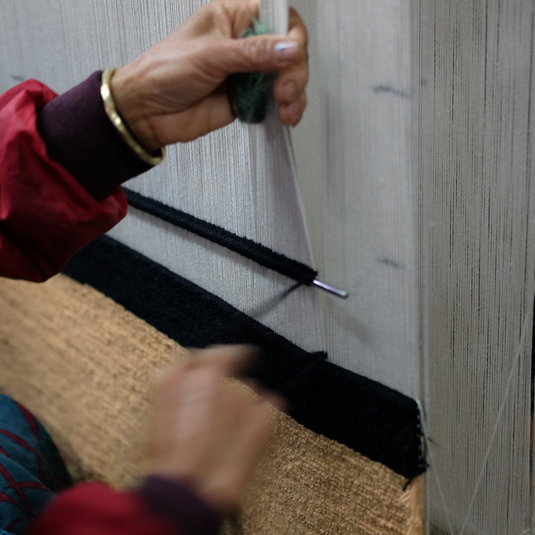
knotting or weaving
Now the most laborious step begins: knot by knot, row by row, the carpet is created. Experienced weavers produce approximately 7 cm per day, depending on the complexity. They use graph paper—a piece of paper with graphed information—as a guide.
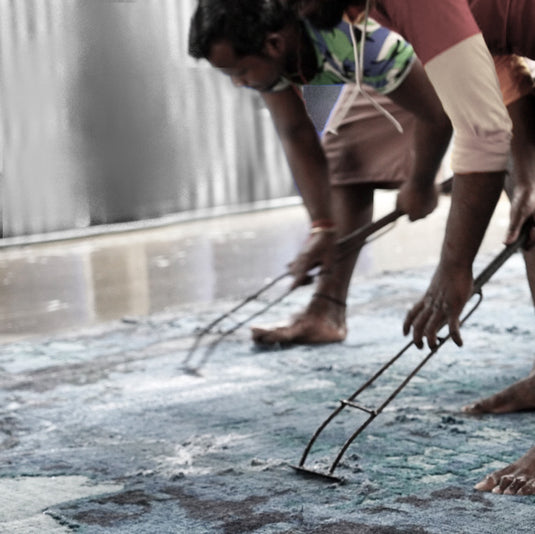
Washing and stretching
The finished carpet is thoroughly washed to remove dust and excess yarn from the manufacturing process. It is then left to dry above the rooftops of Kathmandu and carefully stretched.
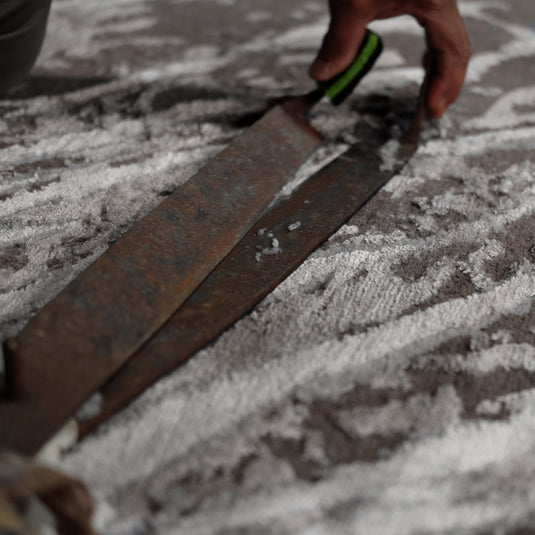
Finishing
The rug is sheared by hand, the design is reworked, and the edges are hand-stitched to the nearest centimeter. The entire production time is approximately 3.5 months.

